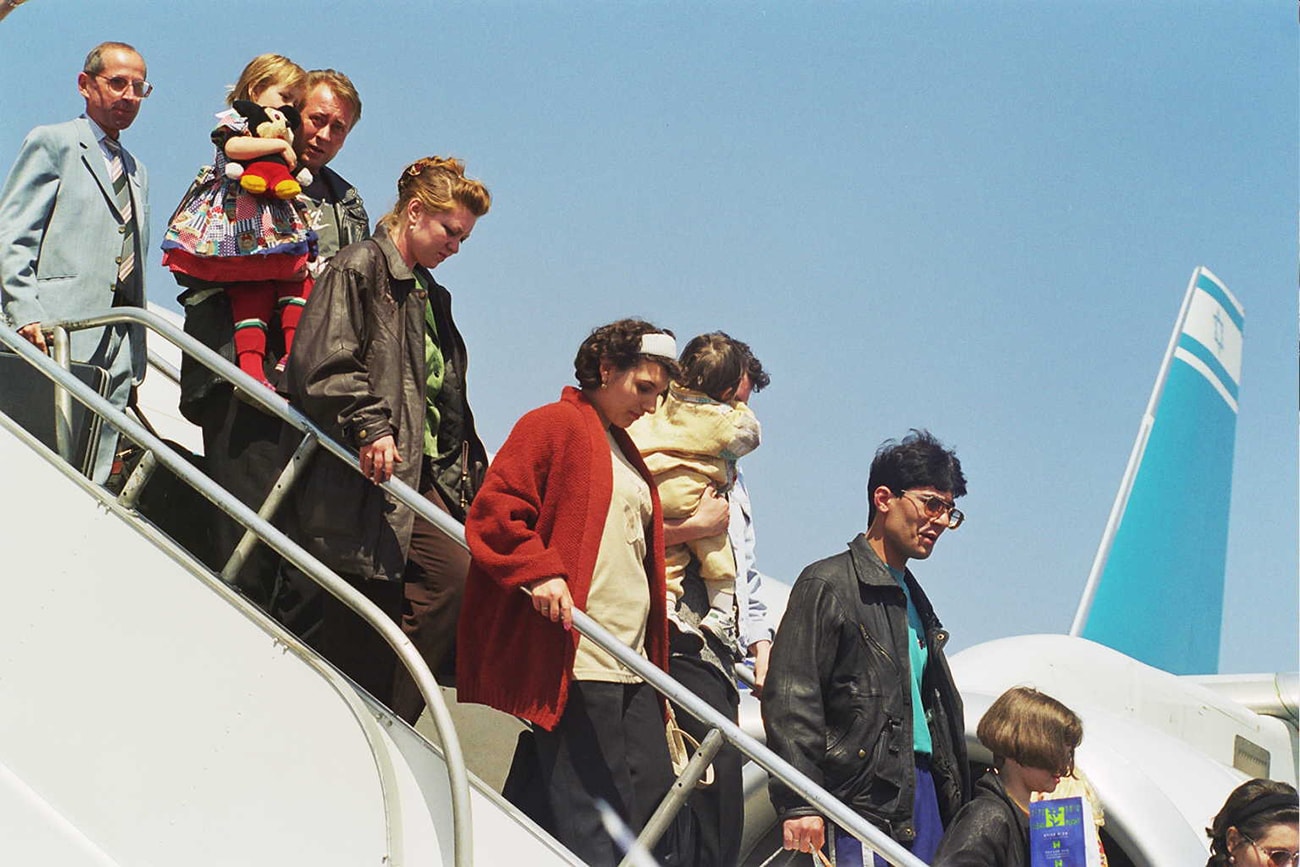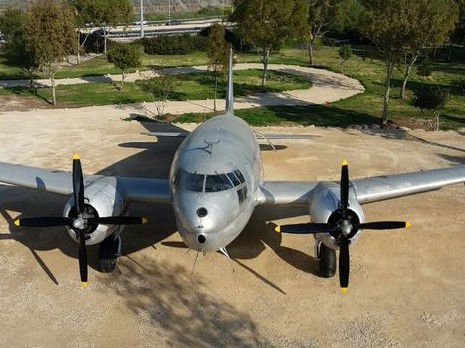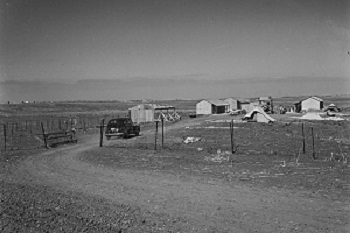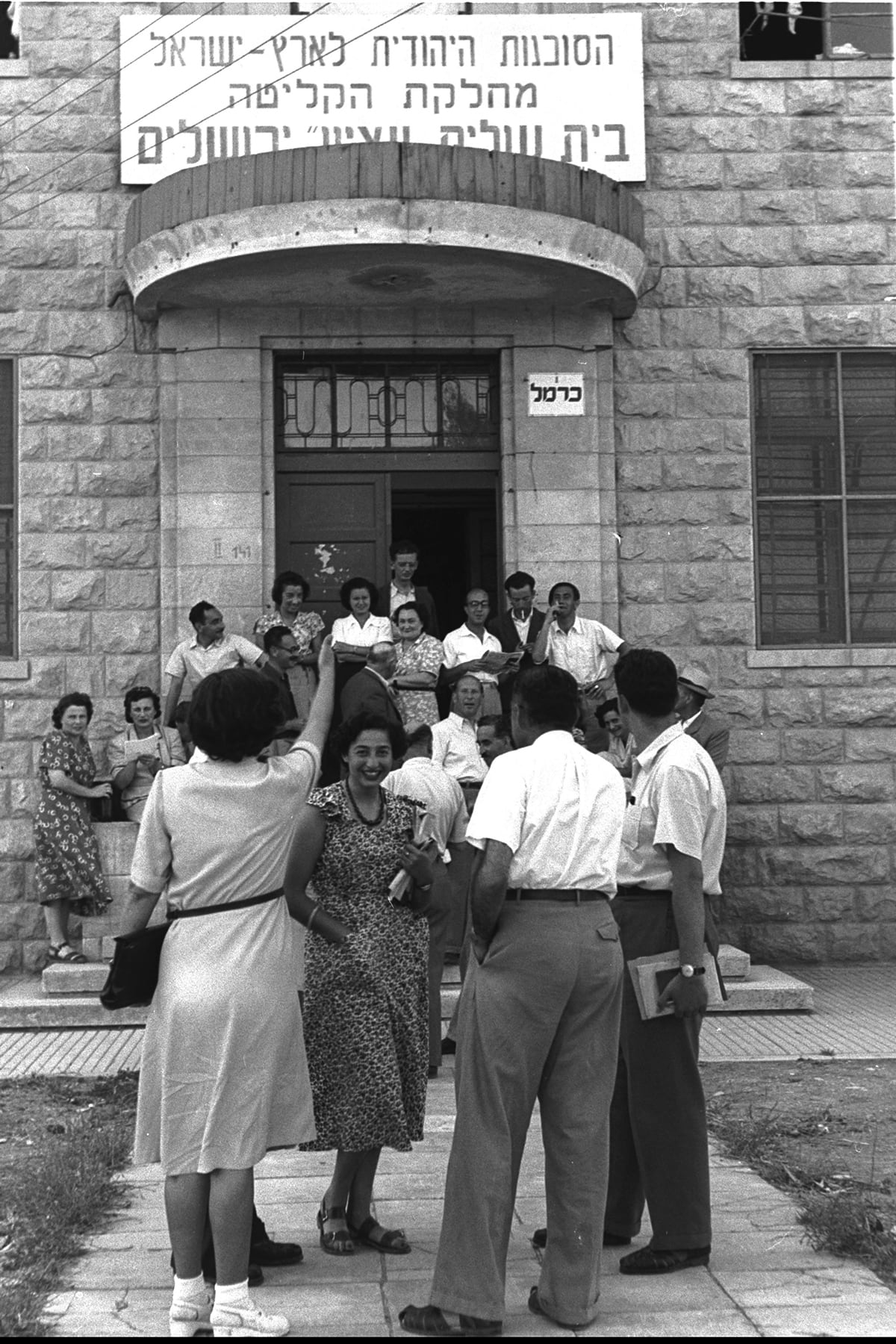
2020 marked 100 years since the establishment of Keren Hayesod. In honor of this festive occasion, Yaacov Agam, the greatest Israeli and Jewish artist alive today, was chosen to design and create a new logo. The new logo shows a beautiful, colorful rainbow floating above a Magen David, the Star of David. According to the artist, the rainbow and the Magen David represent the values of Keren Hayesod – support for Israel and the Jewish people. Agam says that the rainbow, with its nine colors, was created from red feminine strength and blue masculine strength. It is a symbol of defense and protection, from which unity and prosperity derive. Agam expanded further on his choice of a rainbow: “The rainbow is one of the most ancient and universal symbols in the Bible and in Jewish art, representing the blessing of peace bestowed upon creation by God after the destruction caused by the great flood. The rainbow is made up of different colors, and yet they all coexist in harmony, creating beauty and strength out of togetherness”. The logo has been incorporated into Keren Hayesod’s centennial celebrations, and is used in recognition awards and souvenirs of this special year.
Photo: Logo for Keren Hayesod’s centennial celebrations designed by artist Yaacov Agam













